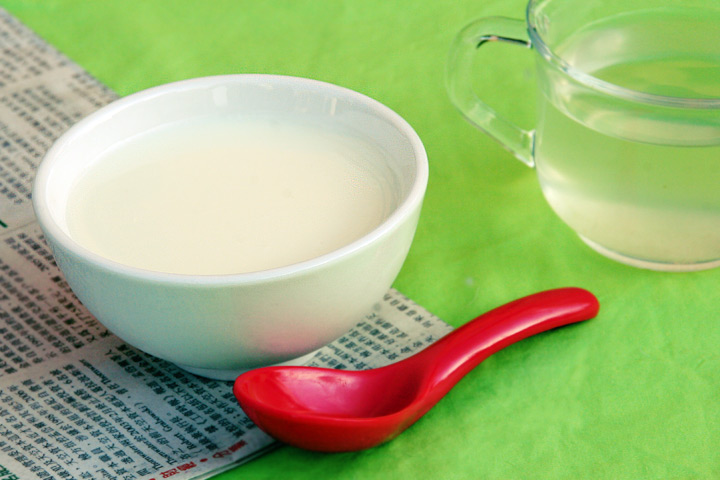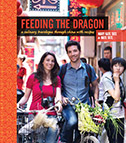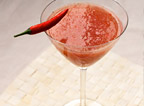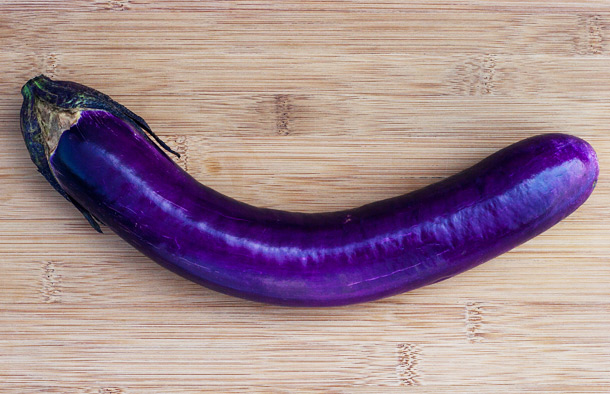
“The older the ginger, the hotter the spice.”
姜还是老的辣
My birthday was on Monday and when I looked in the mirror I’m pretty sure I saw my face sag a millimeter or two before my very eyes. I’m trying to look on the bright side of getting older though. The Chinese proverb “the older the ginger, the hotter the spice” comes to mind. That’s not such a bad thing and I do feel spicier these days…
I made some ginger milk pudding (姜汁撞奶, jiang ji zhuang nai) this week. It was so easy to make and a good sweet snack. Ginger juice has acids like lemon juice that will make the milk curdle. You just boil some milk, add sugar and ginger juice, and wait a few minutes for it to congeal. Oddly, Nate and I think it tastes exactly like the milk at the bottom of a bowl of Fruit Loops.
I also finally found out what those aged (really old and dried) roots that are kept in huge vats at Chinese health stores (see picture here) are for. I assumed they were aged ginger, but they're ginseng. The store clerk told me to boil the ginseng in water and drink it often like tea and that it would improve my digestion and keep me from getting a cold. I was excited about trying this until I looked at the price of the shriveled up roots: $48/lbs.! So I bought about 1/48 lbs. for $1— just enough for one cup of tea. After making this at home, I would not recommend making or drinking ginseng tea made like this. Unless you can think of it like medicine and add heaps of sugar or pour in a tub of honey.
This year to celebrate I’m going to dinner with some friends tomorrow night at a restaurant in Koreatown that I’ve heard a lot about— Don’s Bogam BBQ & Wine Bar. I’ll let you know how it goes. I’ve still not found a Korean restaurant in new york that serves Korean food as good as you can find in China.
Here's my ginger milk pudding recipe. I made it several different ways and think I found a good balance of sweet and spice and texture with this recipe. The more ginger you put in, the thicker the pudding, but at the same time the spicier! If you can find young ginger (light colored with pink nibs) you can double the ginger juice I've added here because it's not nearly as spicy.
-mary kate
Ginger Milk Pudding
4 oz fresh ginger root
1 1/2 cup whole milk
2 tablespoons sugar
cheesecloth
(makes two servings)
Peel the ginger and grate it over a small bowl. Place the grated ginger in the center of a piece of cheesecloth. Gather up the edges of the cloth and squeeze the ginger over the bowl to collect 4 teaspoons of the juice. Discard the ginger pulp and set the ginger juice aside.
Heat up the milk in a saucepan over medium heat, stirring continuously until the milk begins to simmer. Turn off the heat and stir in the sugar.
Put two teaspoons of ginger juice in each of the two serving bowls. Pour half of the milk into each bowl but do not stir. Wait 5 minutes, or until a spoon can rest on the surface of the pudding. Serve warm or chilled.

 4 Comments | |
4 Comments | |  Permalink
Permalink  culture,
culture,  current events
current events 









